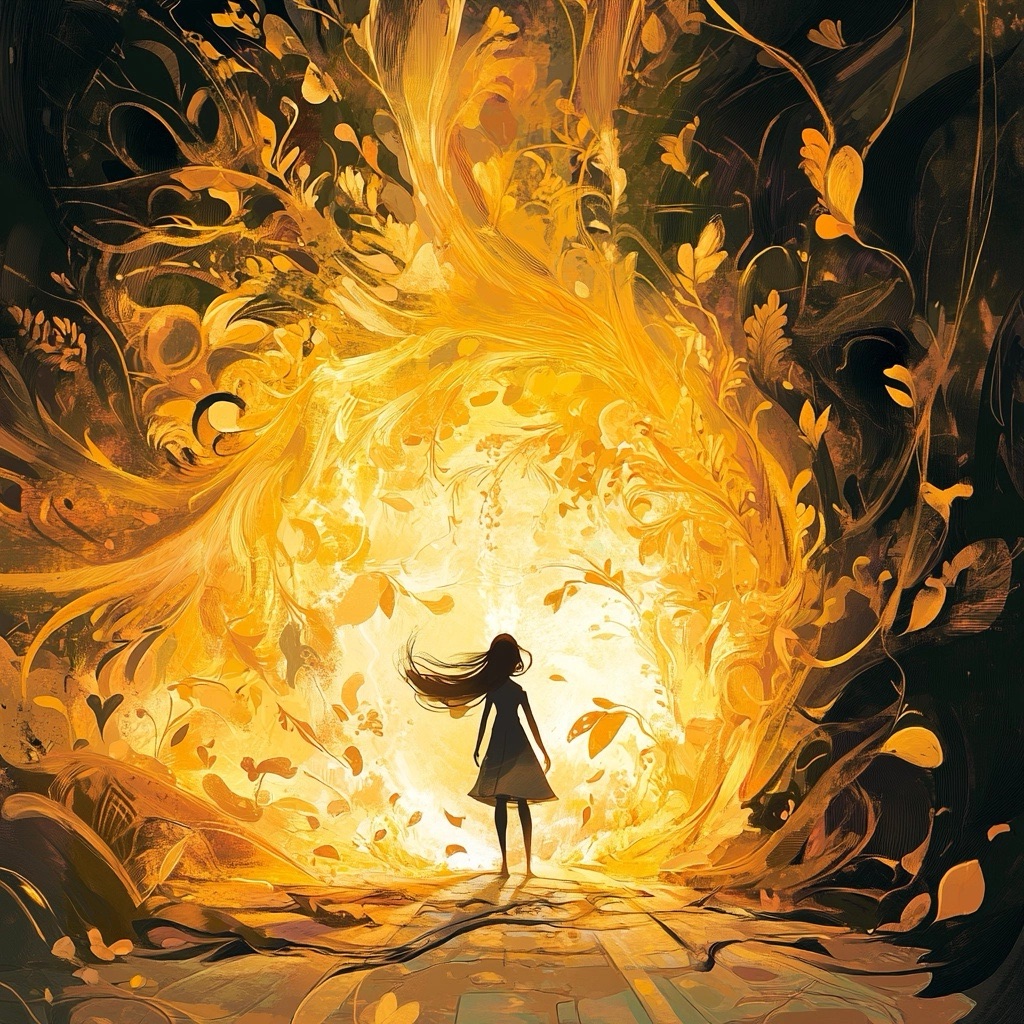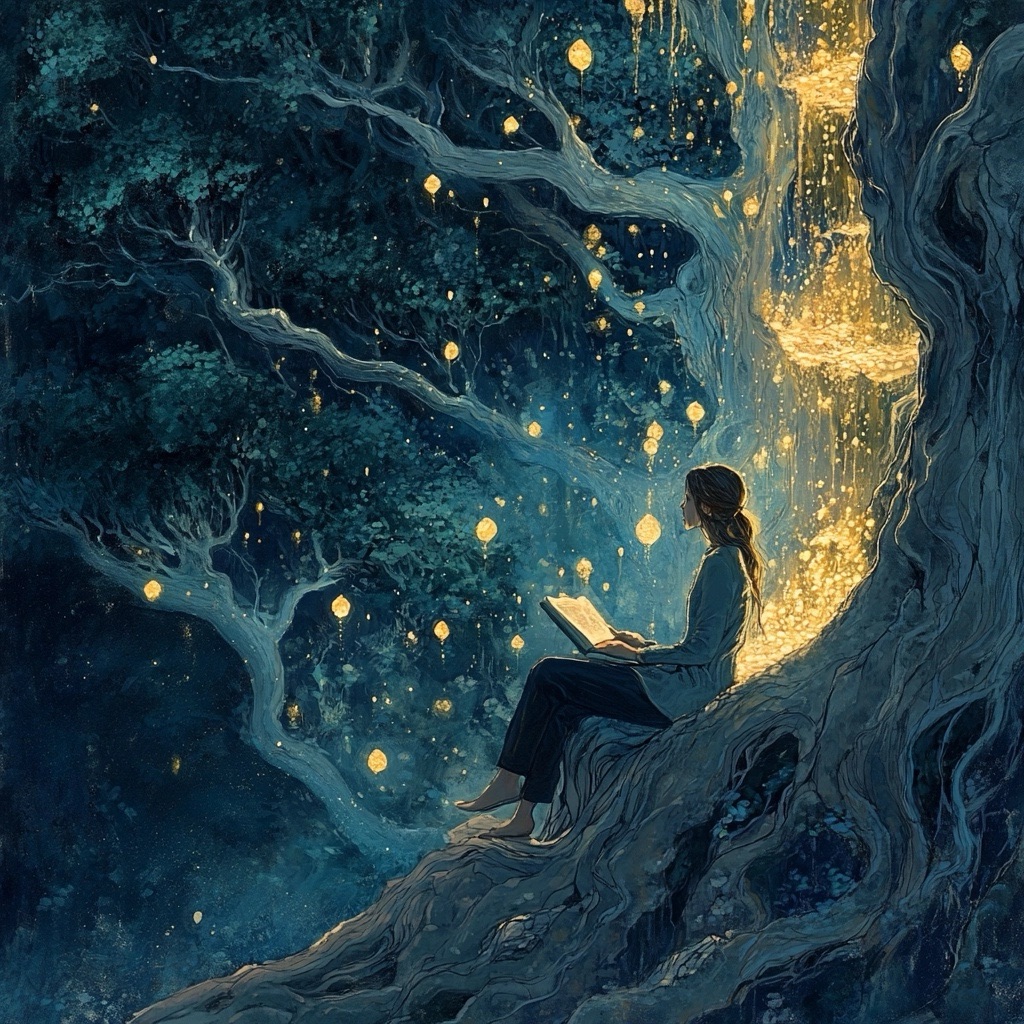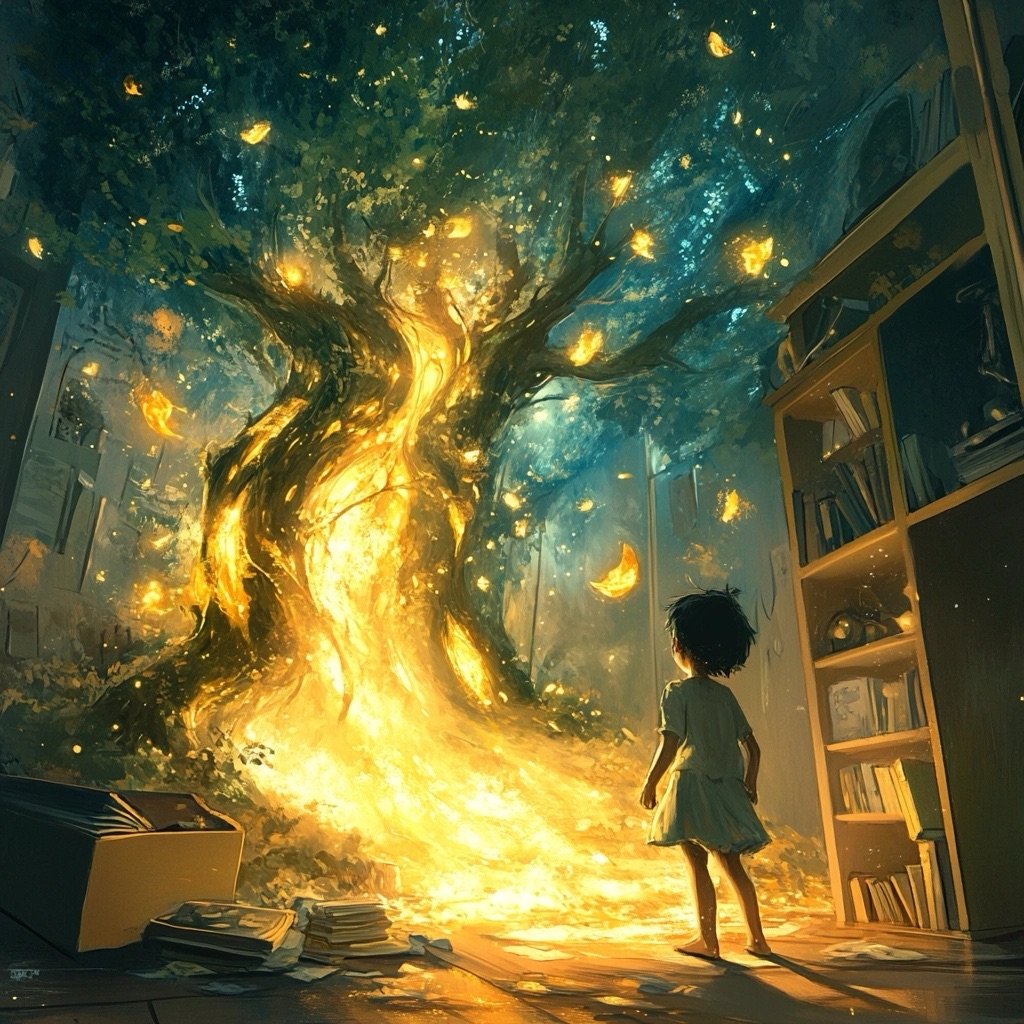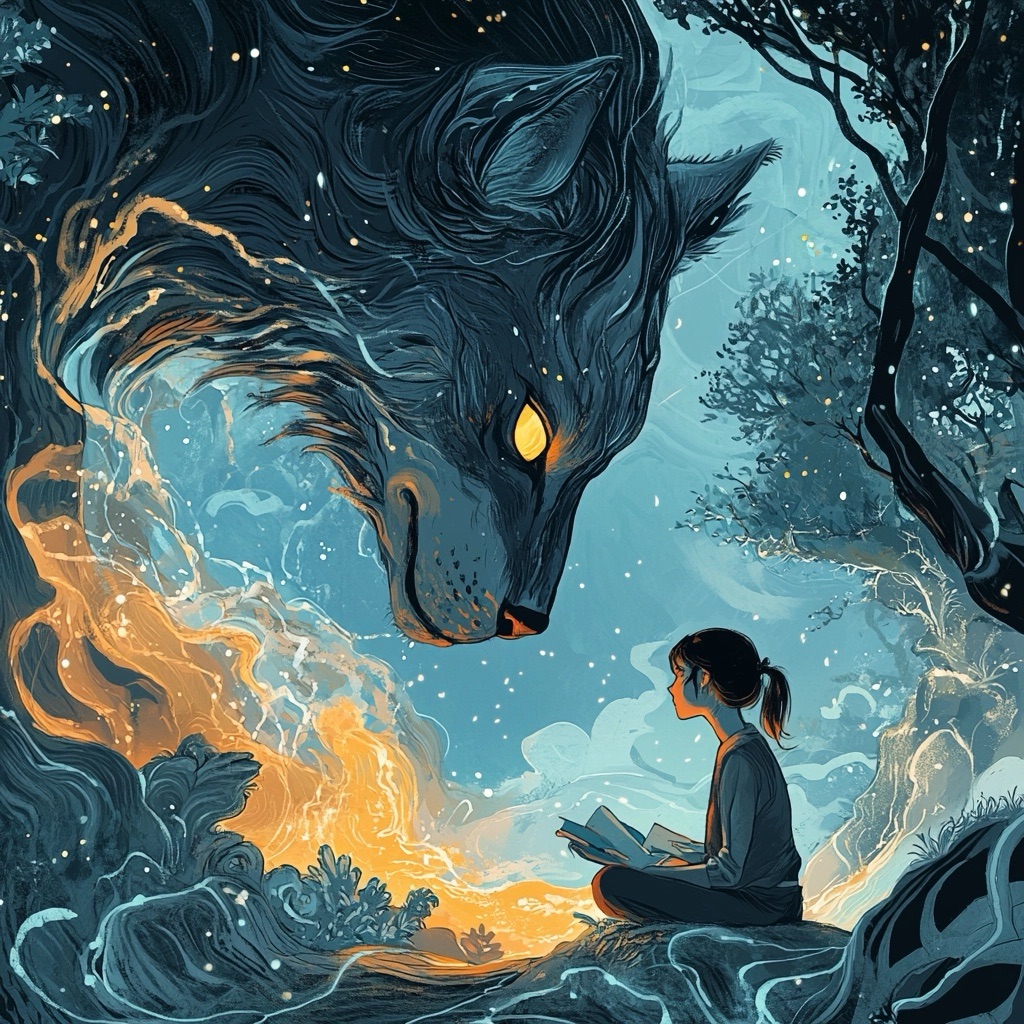
In the complex world of storytelling, certain moments stand out, where characters pause and reflect, not just on the events around them, but on their internal journey. These are the “reflective moments,” subtle yet powerful instances that can elevate a narrative from mere entertainment to something deeply meaningful. These moments resonate because they allow audiences to connect with the character on a human level, understanding not just what they do but why they do it. Reflective moments are more than just pauses in the action—they are essential pivots in the narrative that invite introspection, both for the character and the audience.

What is a Reflective Moment?
A reflective moment in storytelling is a point where the action slows, and the focus shifts inward. These moments are not about advancing the plot in a traditional sense but about deepening our understanding of the characters. Reflection offers insight into their motivations, fears, and desires, providing the audience with a glimpse into their inner world.

For instance, in literary classics, reflective moments are often used to peel back layers of the protagonist, revealing their internal struggles. Whether it’s Hamlet pondering life and death or Elizabeth Bennet reconsidering her judgments of Mr. Darcy, these moments allow characters to step back from the unfolding events to think, reconsider, and sometimes even change.
The Role of Reflection in Character Development
One of the core purposes of reflective moments is to foster character development. Through introspection, characters grow. They question their choices, confront their weaknesses, and often emerge with new understanding or resolve. Without these moments, characters may seem flat or mechanical, driven by external events but lacking internal depth.

Take, for example, Frodo Baggins in The Lord of the Rings. While his journey to destroy the One Ring is packed with physical trials, his true struggle is internal—the weight of the ring, his growing weariness, and the seduction of power. His reflective moments, where he contemplates the cost of his quest and the nature of evil, add layers to his character. They make his eventual success not just a triumph of will but a deeply personal victory over despair.
Reflective moments allow the audience to witness the inner transformation of characters, making their journey feel more authentic and relatable. It’s not enough for a character to change; we need to understand how and why that change occurs. Reflection provides the mechanism for this understanding.

The Narrative Pause: Creating Space for Reflection
In a fast-paced narrative, reflective moments can feel like a lull in the action, but they serve a vital function. They create breathing room, allowing both the character and the audience to process the events that have unfolded. This is particularly important in stories filled with conflict or high-stakes drama, where the constant forward momentum can become exhausting or overwhelming.
By pausing the action for reflection, the writer gives the audience time to digest the emotional weight of the story. It’s in these moments that the stakes become real, and the consequences of the character’s choices are felt more deeply.

However, this pause must be handled with care. A reflective moment that feels forced or overly drawn out can break the narrative flow and risk losing the audience’s engagement. The key is balance—knowing when to pull back and give the character space to reflect, without derailing the momentum of the story.
Emotional Resonance: Connecting with the Audience
Reflective moments are powerful because they invite the audience to engage with the story on an emotional level. When a character reflects, it opens the door for the audience to do the same. This is why some of the most memorable moments in storytelling are not the big action scenes but the quiet ones, where a character is alone with their thoughts.

Consider the iconic scene in The Shawshank Redemption, where Andy Dufresne reflects on hope while locked in solitary confinement. There is no dialogue, no action, just Andy sitting in the dark, contemplating his future. Yet, it’s one of the most poignant moments in the film because it resonates with a universal human experience—the need for hope in the face of despair. The audience is invited to reflect alongside Andy, making his emotional journey feel personal and profound.
These moments work because they tap into universal emotions and experiences. When a character reflects on their fears, doubts, or desires, the audience can often see a reflection of themselves in those thoughts. This connection is what makes storytelling such a powerful tool for empathy and understanding.

The Timing and Placement of Reflective Moments
Not all reflective moments are created equal, and their placement within a story can significantly impact their effectiveness. A well-timed reflective moment can elevate a scene, adding layers of meaning to the events that follow. Conversely, poorly placed reflection can disrupt the narrative flow or feel like unnecessary padding.

The best reflective moments often come at key turning points in the story—moments of crisis, decision, or revelation. These are the moments when characters are most likely to look inward, reassessing their goals or reconsidering their path.
For example, in The Godfather, Michael Corleone’s reflective moments are crucial to understanding his transformation from reluctant outsider to ruthless mafia leader. His moments of quiet contemplation, often in the midst of violent or morally ambiguous situations, reveal the internal conflict driving his actions. Without these reflective pauses, Michael’s descent into darkness might feel abrupt or unearned. But because we see him wrestling with his decisions, his transformation feels tragic yet inevitable.

Reflection as a Tool for Foreshadowing
In addition to deepening character development, reflective moments can also serve as a tool for foreshadowing. By allowing a character to reflect on their fears or desires, the writer can subtly hint at future events or conflicts. This not only adds layers to the narrative but also creates a sense of cohesion, as the character’s internal journey mirrors the external plot.
For example, in Harry Potter and the Prisoner of Azkaban, Harry’s reflective moments about his parents’ death and his fear of Dementors foreshadow his eventual confrontation with these themes later in the story. His internal reflections prepare both him and the audience for the emotional stakes of the climax, making the resolution more satisfying and impactful.

Crafting Authentic Reflection: Avoiding Cliché and Overindulgence
While reflective moments are essential, they can easily become clichéd or overindulgent if not handled carefully. Forced introspection, where a character suddenly becomes philosophical without context or motivation, can feel artificial and pull the audience out of the story.
To craft authentic reflective moments, it’s important to ground them in the character’s experiences and emotional state. Reflection should arise naturally from the events of the story, rather than being inserted as an afterthought or a way to fill space.
Moreover, reflection doesn’t always have to be profound or deeply philosophical. Sometimes, the most effective reflective moments are the simplest. A character might reflect on a small, seemingly insignificant detail, but in doing so, reveal something about their emotional state or priorities. These moments of quiet introspection can be just as powerful as grand revelations, if not more so, because they feel real and relatable.

Balancing Reflection with Action
Finally, it’s important to strike a balance between reflection and action. Too much introspection can slow the pace of a story and make it feel stagnant, while too little can leave the audience disconnected from the character’s emotional journey.
A well-crafted narrative knows when to push forward and when to pull back. Reflective moments should feel like natural pauses in the action, rather than interruptions. When done right, they add depth and complexity to the story, enhancing the audience’s engagement and emotional investment.
Conclusion: The Power of Reflection in Storytelling
In the end, reflective moments are not just about slowing the pace or giving characters time to think—they are about connecting with the audience on a deeper level. These moments allow us to see beyond the surface of a character’s actions and understand their inner world, making their journey feel more authentic and emotionally resonant.
In a world where stories are often driven by plot and action, reflective moments offer a chance to pause, breathe, and consider the why behind the what. They invite us, as both readers and writers, to explore the human experience in all its complexity, and in doing so, they remind us of the power of storytelling to reflect our own lives.
Leave a Reply